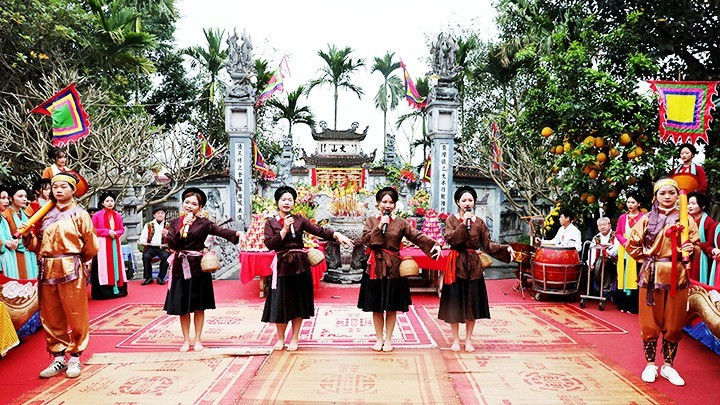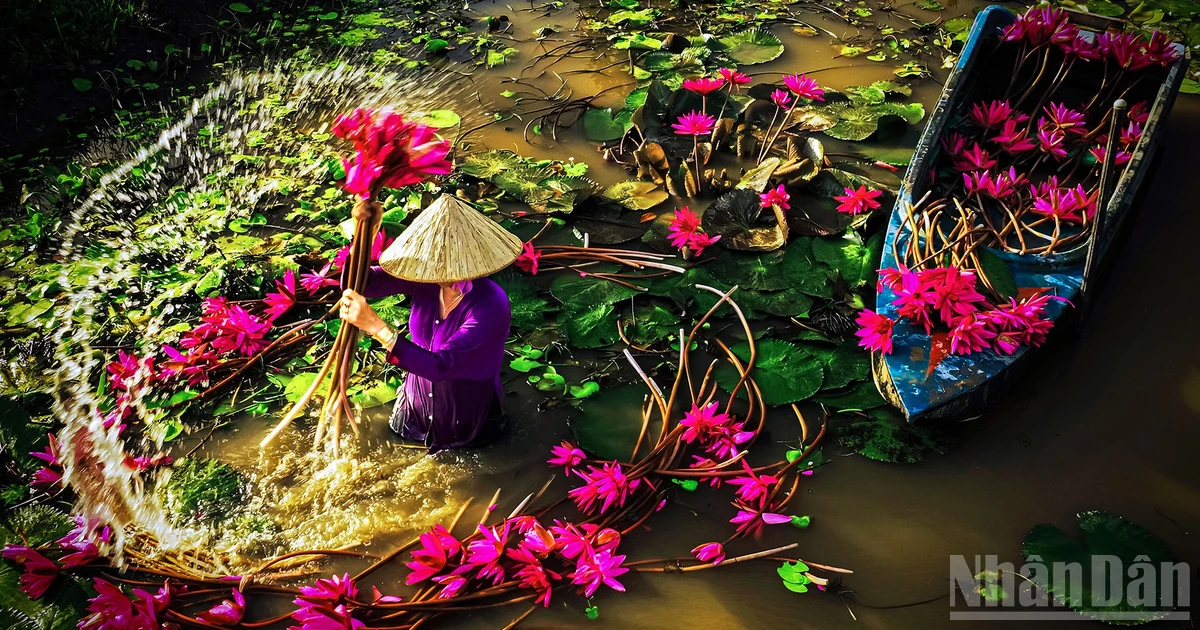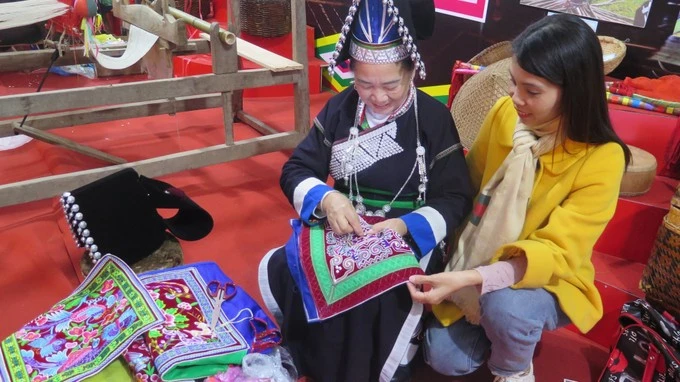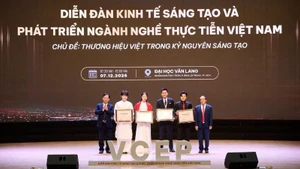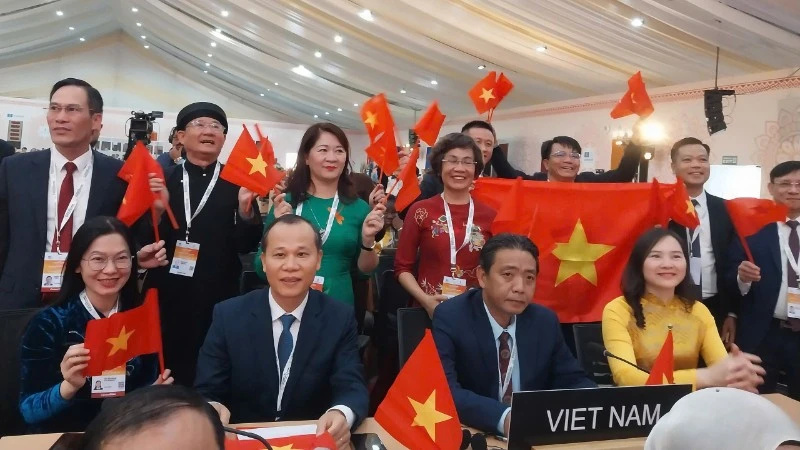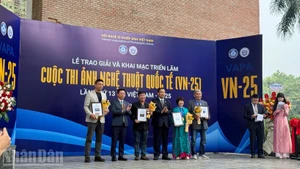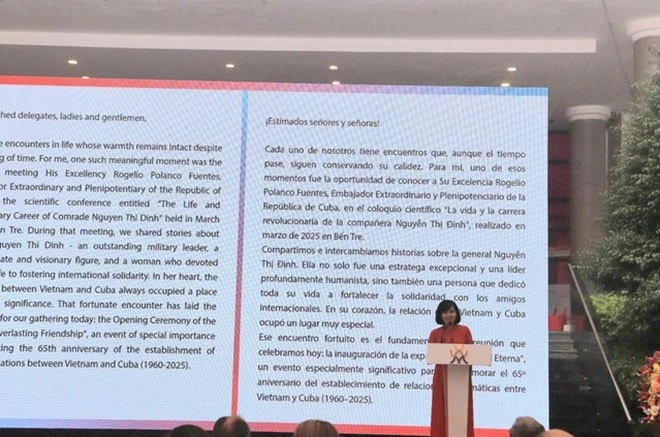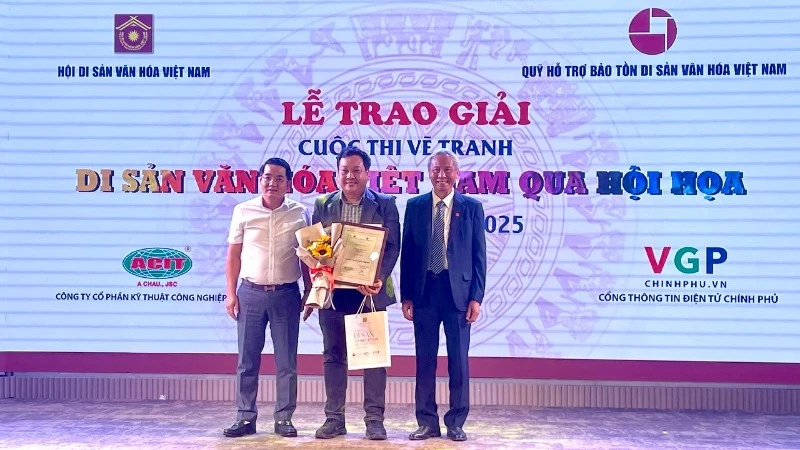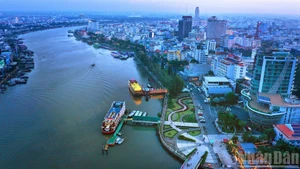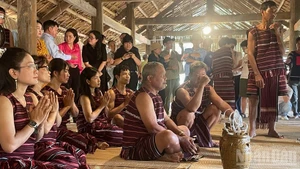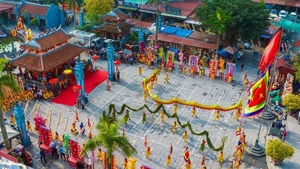A strategic decision for common development
The policy of merging administrative units is an important decision made by the Party and State of Viet Nam to streamline the administrative apparatus, enhance State governance efficiency, and better serve the people. This move is the result of thorough research based on a solid foundation of management science, socio-economic development criteria, and optimal use of national resources. It is grounded in the long-term and sustainable interests of the nation, aiming to utilise resources effectively, boost socio-economic development, and improve people’s livelihoods.
Looking back at Viet Nam's administrative history, we can see distinct periods that required different organisational structures based on the country's development context. From the separation of provinces in the early stages of Doi Moi to accelerate development, to the current period of reintegration to adapt to global integration and the Fourth Industrial Revolution, these transitions illustrate the Party and State’s responsiveness, decisiveness, and long-term vision in facing new practical demands.
The consistent viewpoint of the Party and State is that economic development should not come at the expense of cultural preservation during the process of merging provinces and cities. On the contrary, these two goals can go hand in hand and complement each other if managed and implemented correctly. Merging boundaries does not mean losing one’s homeland; rather, it is a blending and interaction that enriches the shared identity and allows socio-economic life to flourish further.
Stronger homeland
Globally, many countries have successfully implemented similar local mergers while still effectively preserving and developing their distinctive cultural identities. Japan is a typical example. The country has undergone numerous large-scale mergers to reduce the number of administrative units. From over 3,232 administrative units in 1999, Japan had about 1,727 by 2010. Nonetheless, it has preserved local cultural traits well through flexible administrative mechanisms, granting more autonomy to localities in cultural preservation and development, traditional festivals, and cultural tourism policies.
In Germany, the process of merging states and small districts has occurred several times especially after the reunification of East and West Germany in 1990. These mergers not only streamlined the administrative apparatus but also promoted local economic development. One notable success story is Brandenburg state, which, after restructuring and merging various areas, established unique cultural policies, linking traditional values through networks of museums, regional festivals, and community cultural projects, thus boosting the local economy. Germany has shown that merging is not only an administrative solution but also an opportunity for regional culture to gain vitality and wider reach.
The Republic of Korea also experienced similar successes in the mid-1990s, when it undertook a major local government reform by merging districts to improve management and public service delivery. To preserve cultural values, the Republic of Korea combined administrative merger with maintaining independent cultural councils in each locality. These councils play a key role in preserving festivals, cuisine, and traditional arts. Gyeongju, for instance, despite its expanded administrative scope, has excellently maintained its role as a historic cultural centre with distinctive heritage and festivals.
Back in Viet Nam, there have also been similar success stories. Historically, Viet Nam has undergone separations and mergers in line with developmental phases, with clearly positive results. When Ha Tay province merged into Ha Noi, initial concerns arose. But today, it is clear that Ha Noi has not lost the distinctive cultural features of the former Ha Tay area. Those values have even been more widely disseminated within the broader cultural space of the capital. Prominent cultural relics such as Huong Pagoda, Tay Phuong Pagoda, Thay Pagoda, Va Temple, Tan Vien Son Thanh Festival, Hat Mon Temple Festival, and Chuong Temple Festival have been restored and upgraded, contributing to a more diverse cultural landscape and strongly promoting spiritual tourism in the capital. Famous traditional craft villages like Van Phuc silk, Son Dong wood carving, Phu Vinh bamboo weaving, Chuyen My mother-of-pearl inlay, Phung Xa weaving, and Nhi Khe wood turning have also been closely linked with economic and tourism supply chains, thus elevating the influence of local cultural values across the city at large.
The role of the people: Preserving the soul of homeland with love and responsibility
Amid major changes such as the current provincial and city merger policy, what matters most is not only how administrative management plans are implemented but also how individuals and communities embrace and adapt to the change. Every community needs to adopt a more proactive and positive mindset.
To do this, each citizen needs to shift their perspective from "cultural protection" to "cultural development," from a defensive to an active stance in creatively and effectively promoting traditional values. Alongside appropriate strategies, each community can turn its cultural identity into a distinctive "brand" that attracts both domestic and international visitors, opening up new socio-economic development opportunities. This begins with cherishing even the smallest things—traditional folk tunes, local dishes, the spirit of mutual care, and a studious tradition passed down through generations. Distinctive cultural products such as handicrafts, traditional villages, and folk art should be proactively promoted and widely introduced. The people themselves will be the cultural ambassadors, sharing their homeland’s identity with the world through sincere, close, and proud stories. A culturally vibrant community is one that honours the past, is active in the present, and confident in the future.
On this journey, the authority plays a supportive and guiding role, but the participation and responsibility of the community are the decisive factors. If we trust, unite, and take action, the identity of our homeland will remain alive and continue to spread far and wide.
